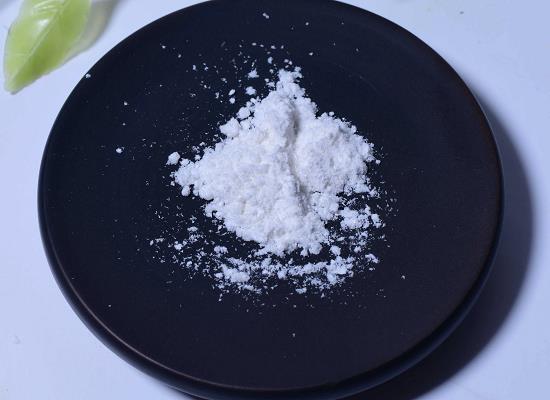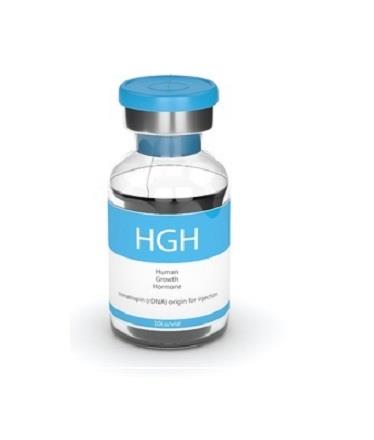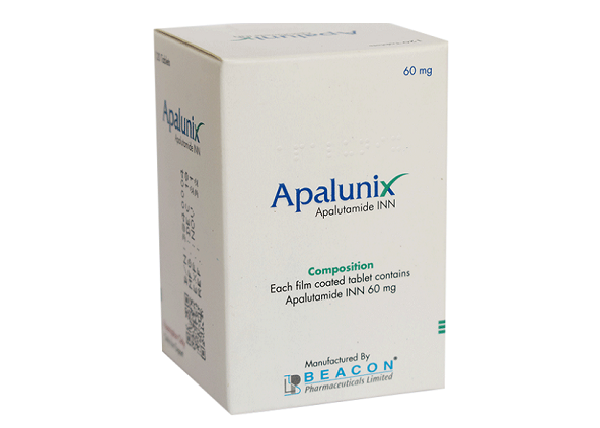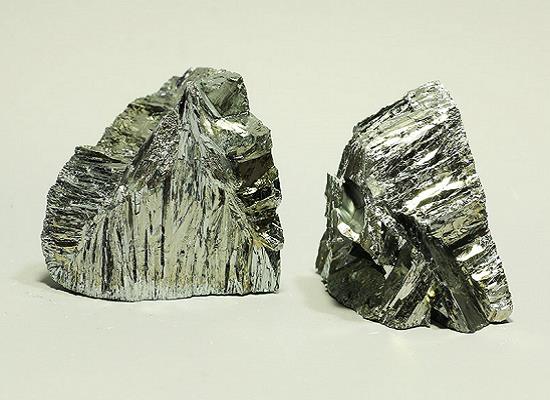Growth hormone, human: physiology, clinical applications and safety
General Description
Growth hormone, human is a hormone produced by the pituitary gland that primarily promotes height increase and has various other functions in growth, development, and maintaining homeostasis. It stimulates the production of insulin-like growth factor 1 (IGF-1) and regulates lipolysis, glucose availability, bone health, lean body mass, and immune system function. Growth hormone, human therapy is clinically used for growth hormone deficiency and other conditions, but it should be carefully monitored due to potential side effects. The off-label use of Growth hormone, human raises legal and safety concerns, as it is criminalized except for medical treatment.
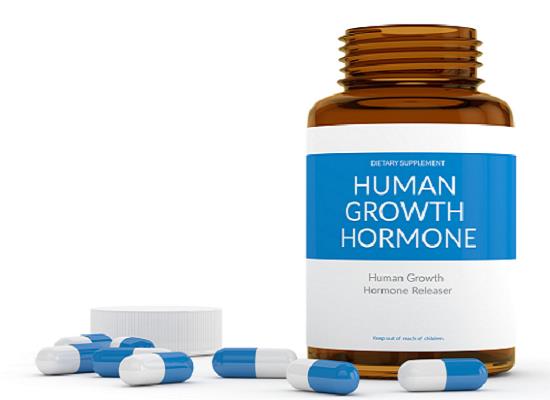
Figure. 1 Capsules of growth hormone, human
Physiology
Growth hormone, human is a hormone produced by the anterior pituitary gland. Its primary function is to promote height increase through the proliferation of chondrocytes. However, it also has several other functions in normal growth and development, as well as in maintaining homeostasis. Growth hormone, human works by stimulating the hepatic production of insulin-like growth factor 1 (IGF-1), which in turn promotes the growth of body organs and bones. The production of Growth hormone, human is highest during childhood and adolescence and decreases with age. In addition to promoting growth, Growth hormone, human also regulates lipolysis, enhances glucose availability, maintains calcium homeostasis and bone health, increases lean body mass, and helps regulate immune system function. The secretion of Growth hormone, human is regulated by a balance of stimulators and inhibitors. Two hypothalamic hormones, growth hormone–releasing hormone (somatoliberin) and growth hormone–inhibiting hormone (somatostatin), stimulate and inhibit Growth hormone, human secretion, respectively. Other factors that can stimulate Growth hormone, human secretion include sleep, stress, exercise, protein ingestion, and hypoglycemia, while factors that can inhibit Growth hormone, human secretion include IGF-1, hyperglycemia, free fatty acids, and glucocorticoids. The resulting balance of stimulators and inhibitors yields a pulsatile cycle of Growth hormone, human release from the pituitary gland. The largest daily surge of Growth hormone, human secretion occurs shortly after the onset of sleep, and smaller pulses occur at intervals throughout the day. 1
Clinical applications
Growth hormone, human has several clinical applications in medicine. One of the most well-known uses is for the treatment of growth hormone deficiency (GHD) in children and adults. In children, Growth hormone, human therapy can promote growth and increase height, while in adults it can improve body composition by increasing lean body mass and decreasing fat mass. In addition to treating GHD, Growth hormone, human therapy has also been used to treat other conditions such as Turner syndrome, Prader-Willi syndrome, and chronic kidney disease. It may also have potential benefits for patients with HIV-associated wasting and muscle loss. However, the use of Growth hormone, human therapy is not without risks. Potential side effects include fluid retention, joint pain, and increased risk of diabetes and certain cancers. Therefore, Growth hormone, human therapy should only be used under the guidance of a healthcare professional and with careful monitoring. Overall, Growth hormone, human therapy has important clinical applications in the treatment of growth hormone deficiency and other conditions, but its use must be carefully weighed against potential risks and benefits. 2
Safety
The use of Growth hormone, human for off-label purposes has legal and safety concerns. While Growth hormone, human is not listed as a controlled substance under the 1970 Controlled Substances Act, the distribution of Growth hormone, human is criminalized under the 1990 Anabolic Steroids Control Act, except in cases where it is used for the treatment of disease under the direction of a physician. Illicit distribution of Growth hormone, human often stems from off-label prescribing, the black market, smuggling, or theft. Counterfeit Growth hormone, human compounds and oral preparations in the form of sprays or pills have also been investigated. To mitigate the risks associated with Growth hormone, human use, peer-led educational programs such as ATLAS and ATHENA have been shown to be effective at deterring substance abuse among athletes. These programs can be implemented by coaches during the season, require little preparation time, and are partially facilitated by the athletes themselves. Overall, the use of Growth hormone, human for off-label purposes must be carefully monitored to ensure safety and compliance with legal regulations. Educational programs can play an important role in promoting safe and responsible use of Growth hormone, human and other substances among athletes. 3
Reference
1. Camacho-Hübner C. Normal Physiology of Growth Hormone and Insulin-Like Growth Factors in Childhood. Endotext [Internet]. South Dartmouth, MA: MDText.com; 2000-2010.
2. Powell-Jackson J, Weller RO, Kennedy P, Preece MA, Whitcombe EM, Newsom-Davis J. Creutzfeldt-Jakob disease after administration of human growth hormone. Lancet. 1985;2(8449):244-246.
3. Drug Enforcement Administration. Human growth hormone. https://www.deadiversion.usdoj.gov/drug_chem_info/hgh.pdf. Accessed January 18, 2018.
You may like
Related articles And Qustion
See also
Lastest Price from GROWTH HORMONE, HUMAN manufacturers

US $0.00/box2025-09-26
- CAS:
- 9002-72-6
- Min. Order:
- 1box
- Purity:
- 0.99
- Supply Ability:
- 10tons

US $1.00-1.00/mg2025-07-10
- CAS:
- 9002-72-6
- Min. Order:
- 100mg
- Purity:
- 99%
- Supply Ability:
- 9999

